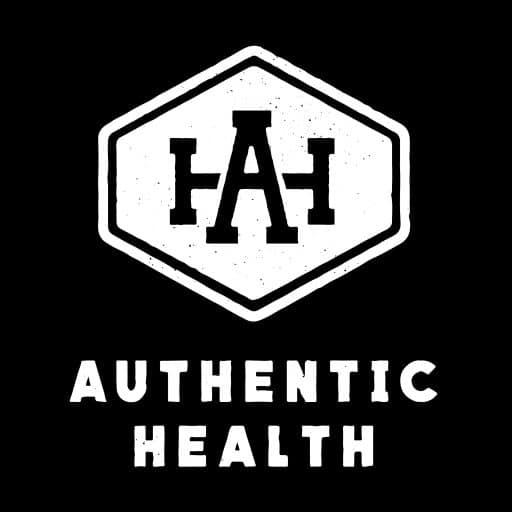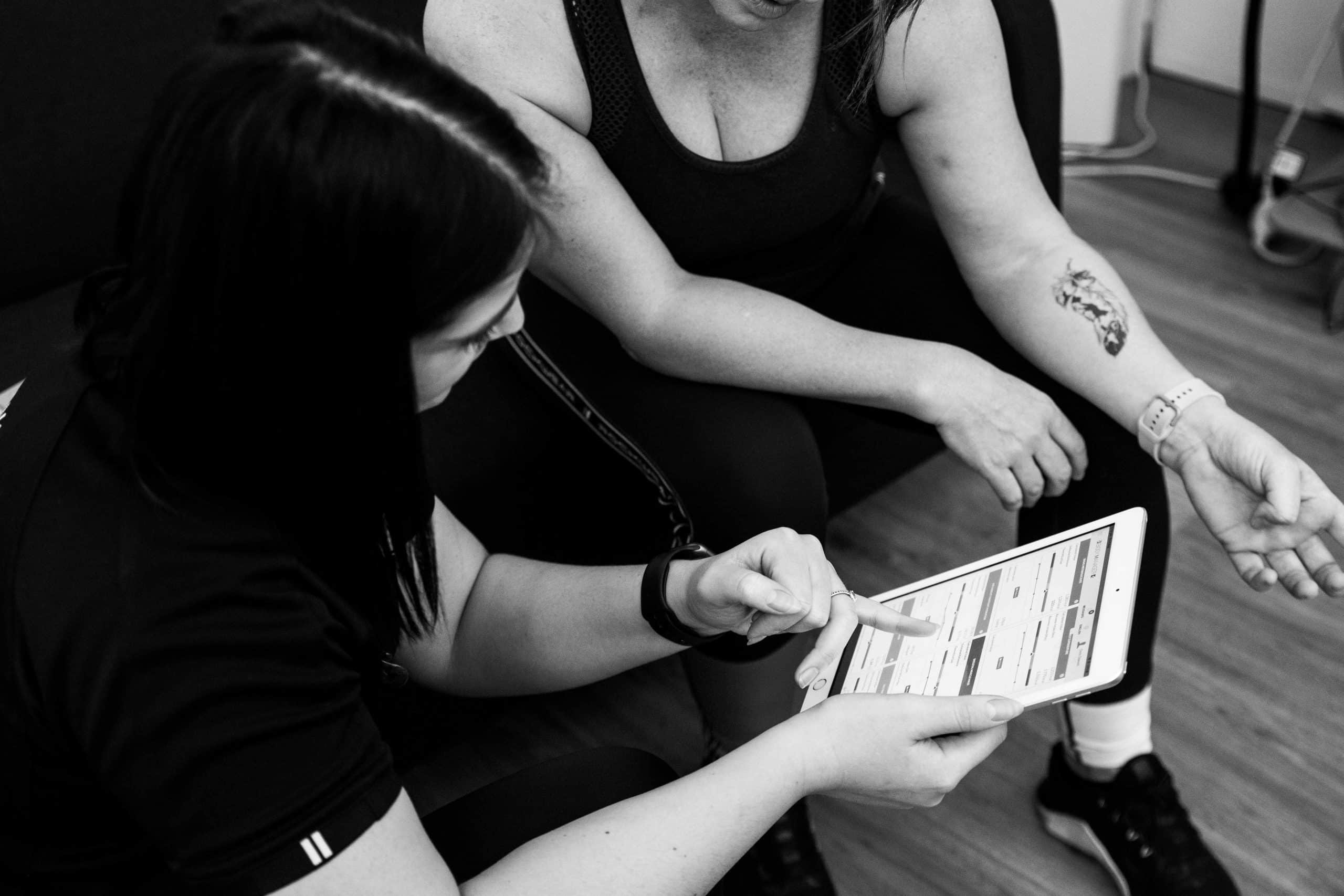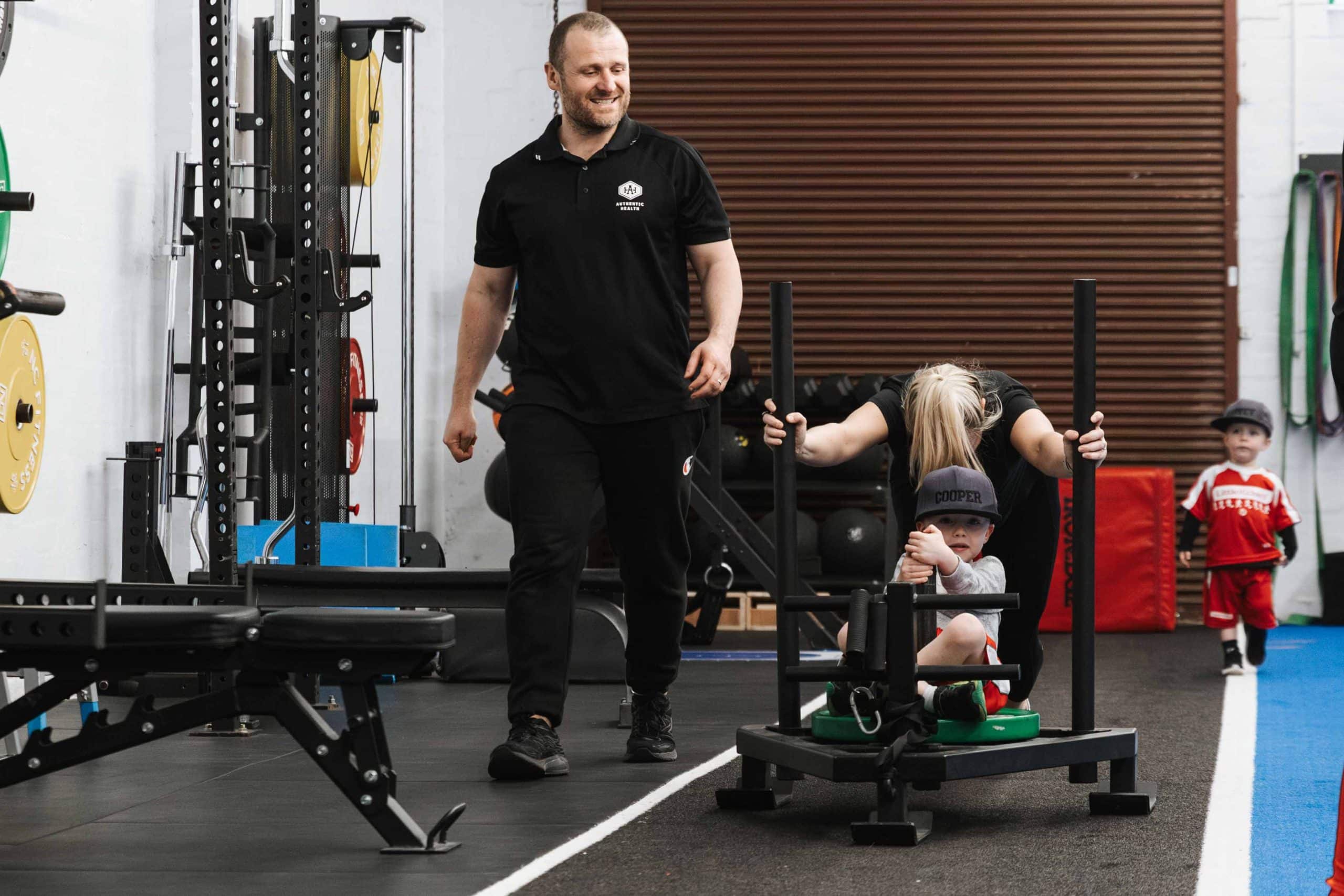A pull-up is one of those exercises almost all people measure their success by. People getting started in the gym often set the goal of ‘I would love to be able to do a pull-up’. Why? Because people understand the challenges involved, there is something super empowering about being able to do strict pull-up’s. So while many have the goal not many have the strength and proper technique to execute one pull-up let alone a set of 8 to 10. I’ve worked with fit, strong men before who can push big weight on a bench press but can not execute one pull-up. However if you apply yourself this exercise can be for everyone and comes with benefits that are sure to help you look, move, and feel great. Keep reading below as we are about to take you through the who, what, where, when of pull-ups
The Pull-Up Technique
This upper body pulling exercise is often done with a few bad habits. We are going to help you execute a strict pull-up, keeping in mind that if you can’t do it strict we need to regress the exercise and possibly add some exercises to your programming that will help you be able to do sets of 10+.
- With the palms of your hands facing away from your face grip the cross bar roughly shoulder width apart.
- Hang completely relaxed with your legs straight and feet pushed together.
- Pull your scapulae (aka shoulder) down towards your gluteus maximus (aka glutes) while breaking the bar to give your shoulders stability and help engage your latissimus dorsi (aka lats).
- Keeping your head neutral (eyes looking forward) pull yourself towards the bar while imagining you’re pulling your elbows towards the floor. You want to do this while continuing with step 2 (i.e breaking the bar).
- Pull yourself until your chin is at the bar. The greater the squeeze at the top the more you will recruit the lower lats so be sure to control your movement.
- From here lower yourself and repeat.
REMEMBER: Your breathing is important. You want to exhale as you pull, exerting yourself towards the bar, inhaling as your lowing yourself.
Muscles Utilised During Pull-Up’s
We often get asked what muscles do pull up’s work. Being a compound movement it’s recruiting a number of muscles especially throughout the back, arms, shoulders, and core. Those muscles are best known as the following;
- Latissimus dorsi – A primary mover in almost all upper body pulling movements
- Teres major – Works often in unison with the lats helping adduct the shoulder giving the joint stability.
- Rear deltoid – Traditionally an assisting muscle to the lats during pull ups. Work anytime you go into shoulder extension.
- Obliques – These muscles work to keep your torso and spine stable / neutral.
There are a number of secondary muscles also working during the pull-up such as;
- Biceps brachii, & brachialis
- Pectoralis major, & Minor
- Levator scapulae
- Rhomboids
- Trapezius
- Gluteus Maximus (assists with stability of the core / pelvis)
Pull-Up’s For Beginners?
As previously mentioned, pull ups are a huge goal for many as completing them when you start out is often impossible. There are a number of different protocols you can find to help assist you with getting to complete a strict pull-ups.
- You can do strict eccentric’s – for example set a box up so you can step off it at the top point of a pull up. Slowly lower yourself down over 4-5 seconds until your completely hanging. Get back on the box and repeat for 3-5 reps
- Use a theraband – One of the most common ways to begin is to use a theraband. This assists you with the concentric phase of the lift by alleviating some of your body weight.
- Use different superset protocols – Identify the limiting muscles and implement a pull-up protocol into your workout. For example you might do scapula hang, into a single arm lat pull down then a overhead dumbbell presses.
How To Incorporate Pull-Up’s Into Your Program
The benefits of pull-up’s are endless. They are great for increasing upper body strength, giving structural balance to your shoulder joint, and adding lean muscle mass so you will want these in your program. We recommend having them early in your session if you’re a beginner. Due to the difficulty they present, you are going to want to have your energy levels high. Lower repetitions are often all beginners can do and as you advance adding weight using a vest or weights belt and keeping the reps between 4-10 is our recommendation.
Yours In Health & Fitness
Chris Dawson
(Head Coach)
Thanks for taking the time to read my ‘Movement Monday’ where we looked at the pull-up. If you’d like to find out more about working with an Authentic Health Coach here are some of the ways you can work with us. Got questions? our coaches are always available to answer your questions to the best of our ability, reach out to us through facebook, instagram, youtube, or via email at info@authentichealthstudio.com.au
| How You Can Work With Us Work with us privately – If you love to train alone, have a particular focus or goal you want to succeed with click HERE and put ‘Personal Training’ in the message line to learn more about working with an Authentic Health Coach. Work with us semi privately – If you understand you need a personalised plan, accountability to that plan and love being in a small team environment of 2-3 others who you will succeed with click HERE and put ‘Semi Private’ in the message line. Join our small group community – If you would like to learn how you can work with our amazing coaches and want to be apart of an awesome community of like minded people click HERE and put ‘Group Training’ in the message line. |
Liked This Movement Monday? You can see previous ‘Movement Monday’s’ Below;



